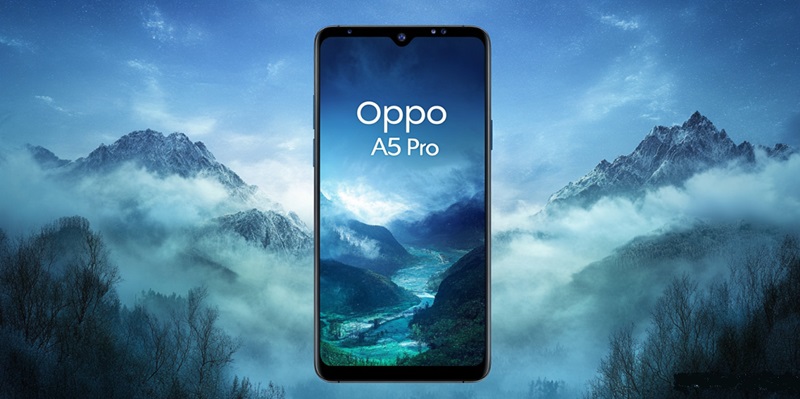As the smartphone industry evolves, the line between mid-range and premium devices seems to blur with each subsequent release. With the imminent launch of the Oppo A5 Pro, tech enthusiasts and casual users alike are eager to see if this latest addition from Oppo can truly redefine the standards for mid-range smartphones. Succeeding the successful A3 Pro, the A5 Pro isn’t just an upgrade; it embodies features often reserved for high-end models, setting a new precedent in the mid-range market.
One of the most significant enhancements in the Oppo A5 Pro is its impressive display. Maintaining the 6.7-inch FHD+ AMOLED screen similar to its predecessor, the A3 Pro, the new device promises vivid colors and sharp details. Design-wise, it is expected to mirror the aesthetics of Oppo’s flagship Find X8, suggesting that even mid-range devices can now boast premium design elements. However, the true standout feature is the dual rear camera system. Despite the seemingly modest setup with a 50MP primary lens and a 2MP secondary sensor, this configuration emphasizes quality imaging capabilities that are uncommon in mid-range phones. The primary 50MP camera alone could potentially offer superior photo quality, inching closer to the experience of using a flagship device.
Another critical aspect of the Oppo A5 Pro is its performance. Equipped with a 2.5GHz octa-core processor, it shows a slight deviation from the 2.6GHz Dimensity 7050 processor in past models. Such a nuanced adjustment indicates Oppo’s attention to optimizing performance. Alongside this is the substantial memory and storage options, ranging from 8GB to 12GB of RAM and 256GB to 512GB of internal storage. This variety provides flexibility, allowing users to choose a model that fits their specific needs, whether it is for everyday tasks or more demanding applications.
Perhaps the most noteworthy upgrade is the significantly larger battery, with its 5,840mAh capacity. This improvement is not just a specification on paper but translates directly into enhanced battery life, enabling users to go longer between charges. This kind of endurance is increasingly critical as users rely on their smartphones for everything from communication to entertainment. The Oppo A5 Pro seems to encapsulate a balanced blend of advanced performance, attractive design, and robust battery life, all while staying within a mid-range price bracket. This strategy ensures Oppo remains competitive and appealing in a market where consumers demand high-end experiences at more accessible prices.
In conclusion, the Oppo A5 Pro indeed appears poised to set new benchmarks for what can be expected from mid-range smartphones. With its blend of high-quality displays, advanced camera capabilities, optimized performance, and long-lasting battery life, it stands as a testament to how much the mid-range phone segment has evolved. As it hits the market, it will potentially push other manufacturers to elevate their offerings, benefiting consumers with more choice and better-equipped devices across various price points.

